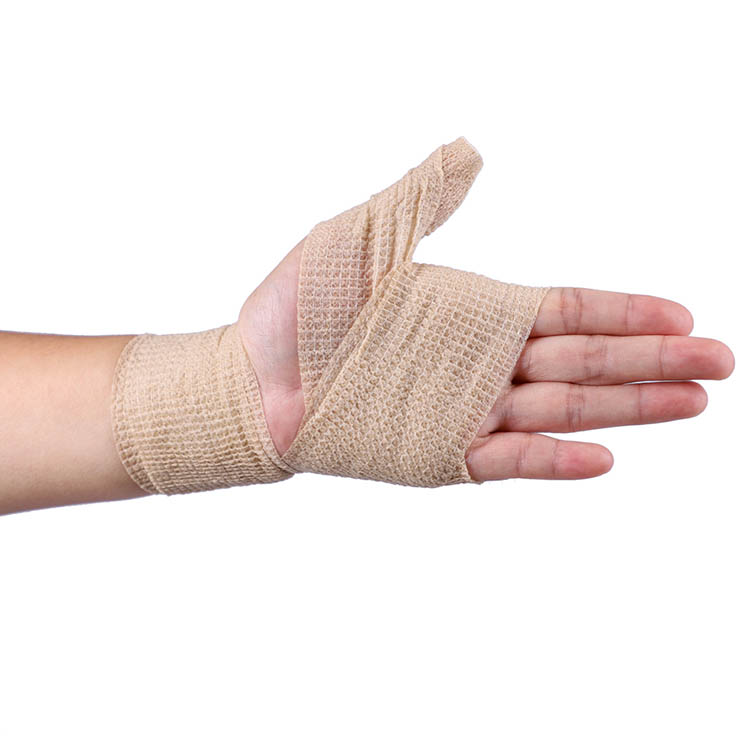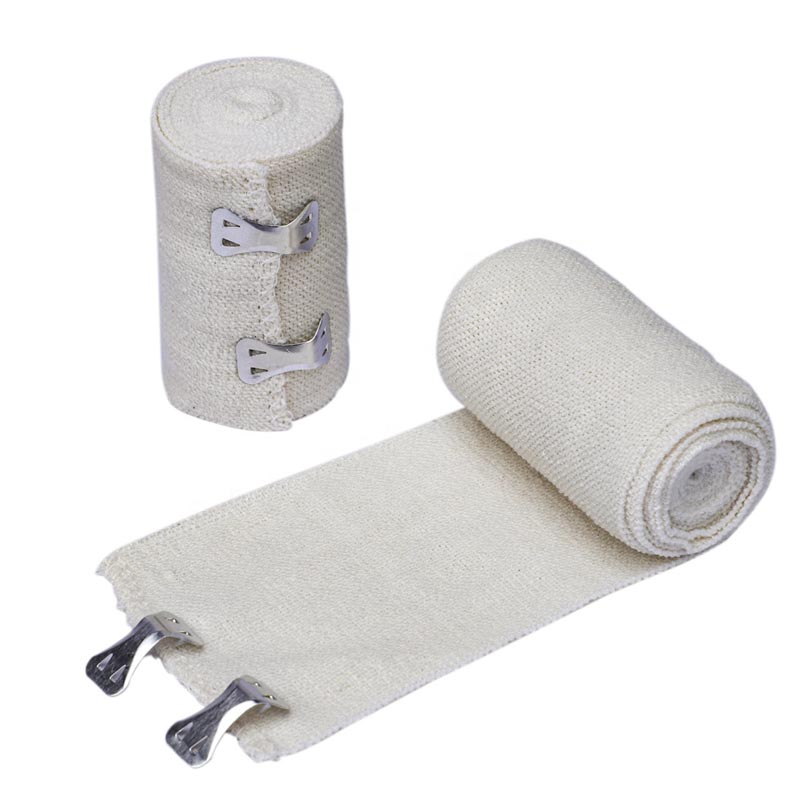Nursing care of complications of plaster bandage fixation| KENJOY
Plaster bandage is one of the commonly used external fixation materials, which is suitable for bone and joint injury and postoperative fixation. The observation and nursing of complications of plaster bandage fixation is the key content of this chapter, this knowledge is summarized, hoping to be helpful to the majority of candidates.
Osteofascial compartment syndrome
The osteofascial compartment is a closed space formed by bone, interosseous membrane, muscular septum and deep fascia. In the fracture of extremities, the pressure in the osteofascial chamber of the fracture site increases, resulting in a series of early syndrome caused by acute ischemia of muscles and nerves, namely osteofascial compartment syndrome. Osteofascial compartment syndrome usually occurs on the palmar side of the forearm and the lower leg. The peripheral blood circulation of the plaster fixed limb should be closely observed. Pay attention to evaluate whether the patient has pain, pallor, abnormal sensation, paralysis and disappearance of pulse ("5p" sign). If the patient shows signs of obstruction of blood circulation or nerve compression of the limb, the limb should be laid flat immediately, and the doctor should be informed to remove the fixed plaster in the whole layer. In severe cases, it should be removed, or even limb incision decompression should be performed.
Pressure sore
As patients undergoing plaster fixation often need to stay in bed for a long time, it is easy to have pressure sores in the bony process, so the bed unit should be kept clean and dry and turn over regularly to avoid damage such as shear force and friction force.
Suppurative dermatitis
Plaster shape is not good, gypsum is not dry solid when the handling or improper placement of gypsum uneven; some patients may extend the foreign body into the plaster to scratch the skin under the plaster, resulting in local skin damage of the limbs. The main manifestations are local persistent pain, the formation of ulcers, stench and purulent secretions or exudation of gypsum, which should be checked and treated in time.
Plaster syndrome
Some patients with dry body plaster fixation may have recurrent vomiting, abdominal pain or even respiratory distress, pallor, cyanosis, decreased blood pressure and other manifestations, known as plaster syndrome. The common reasons are: (1) tight plaster wrap, which affects the gastric dilatation after breathing and eating; (2) acute gastric dilatation caused by nerve stimulation and retroperitoneum; and (3) gastrointestinal dysfunction caused by excessive cold and dampness. Therefore, when winding plaster bandages, do not be too tight, and the upper abdomen should fully open the window; adjust the room temperature to about 25 ℃, humidity to 50% 60%; tell patients to eat a small amount of food, avoid eating too fast and eating gas-producing food, and so on. Mild plaster syndrome can be prevented by adjusting diet, fully opening windows, etc.; in severe cases, plaster should be removed immediately, fasting, gastrointestinal decompression, intravenous fluid replacement and other treatment.
Apraxia syndrome
Due to long-term limb fixation, lack of functional exercise, resulting in muscle atrophy; at the same time, a large amount of calcium overflowing from the bone can lead to osteoporosis; joint stiffness caused by intra-articular fiber adhesion. Therefore, during the period of plaster fixation, the functional exercise of the limbs should be strengthened.
The above is a brief introduction to the nursing care of the complications of plaster bandage fixation. if you want to know more about plaster bandage, please feel free to contact us.
Learn more about KENJOY products
Read More News
Post time: Mar-31-2022



